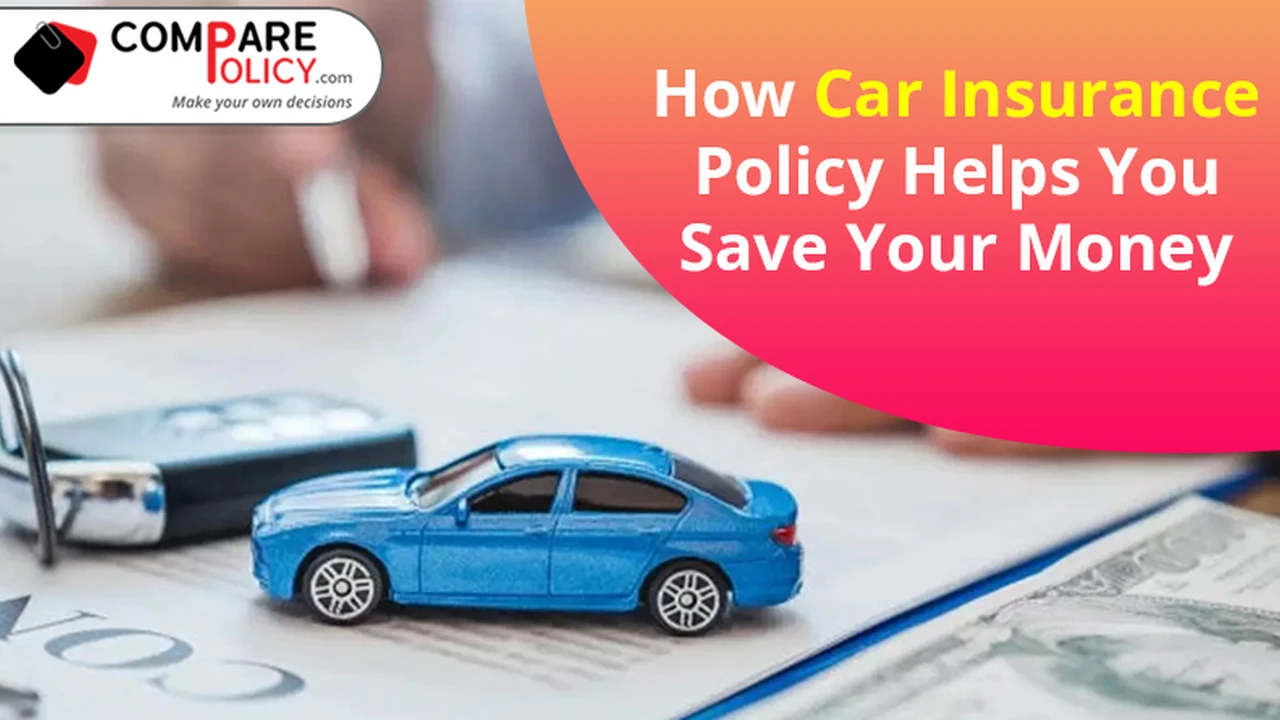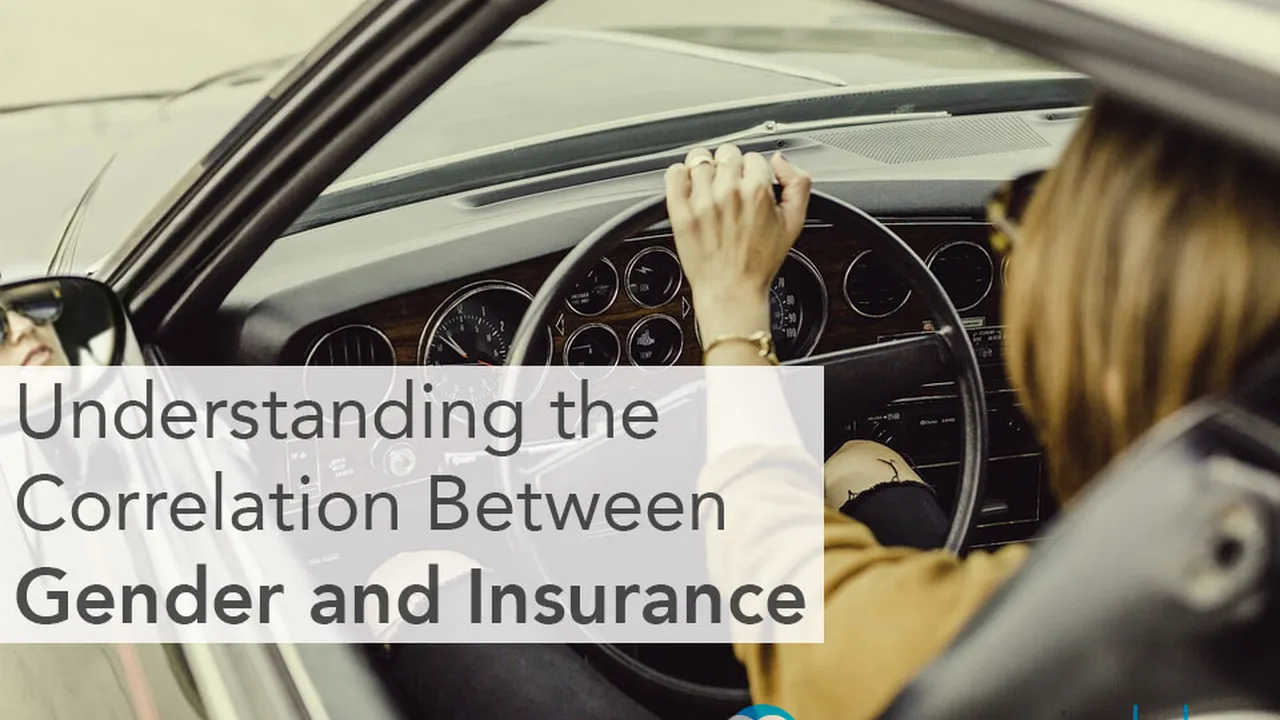Age and Car Insurance: How Does It Affect Your Rates?

Understanding the Impact of Age on Car Insurance Premiums Age Factors and Insurance Costs
So, you're looking into car insurance, and you're wondering if your age has anything to do with how much you'll be paying. Short answer: absolutely. But it's not as simple as "young drivers pay more" and "old drivers pay less." There's a lot more nuance to it. Let's break it down.
Insurance companies are all about risk. They're trying to figure out how likely you are to get into an accident and file a claim. Age is a big factor they consider, because statistically, certain age groups are more prone to accidents than others.
Why Young Drivers Typically Pay More Car Insurance for Teenagers and Young Adults
Let's be honest, teenagers and young adults (typically 16-25) get a bad rap when it comes to driving. And unfortunately, the statistics back it up. They're often considered high-risk drivers for a few key reasons:
- Lack of Experience: This is the big one. They haven't spent years behind the wheel, learning how to react to different situations. They're still developing their driving skills and judgment.
- Impulsivity: Young drivers are more likely to engage in risky behaviors like speeding, distracted driving (texting!), and driving under the influence. We've all been there (or seen it happen).
- Peer Pressure: Let's face it, showing off for friends is a real thing, and it can lead to dangerous driving.
Because of these factors, insurance companies see young drivers as a higher risk. More risk equals higher premiums. It's just math (the insurance company's math, anyway).
How to Save on Car Insurance as a Young Driver Affordable Car Insurance for Young People
Okay, so you're a young driver, and you're staring down the barrel of some hefty insurance quotes. Don't despair! There are things you can do to lower your rates:
- Get Good Grades: Seriously. Many insurance companies offer discounts for students who maintain a B average or better. They figure you're responsible in school, you're probably responsible on the road.
- Take a Driver's Education Course: This shows the insurance company that you're serious about learning to drive safely. Plus, you'll actually learn some valuable skills.
- Be Added to Your Parents' Policy: This is often the cheapest option, at least initially. The rates are generally lower than getting your own policy.
- Choose a Safe Car: Avoid sports cars or anything that screams "speed." Opt for a reliable, safe vehicle with good safety ratings.
- Shop Around: Don't just settle for the first quote you get. Compare rates from multiple insurance companies. This is crucial.
- Increase Your Deductible: A higher deductible means you'll pay more out-of-pocket if you have an accident, but it will also lower your monthly premium. Just make sure you can afford the deductible if you need it.
The Middle Ground Drivers in Their Prime Insurance Rates for Adults
Once you hit your mid-20s and beyond, your insurance rates usually start to decrease. You've gained more experience behind the wheel, and you're (hopefully) less likely to engage in risky behaviors. Insurance companies see you as a lower risk, and your premiums reflect that.
However, even in this age group, there are still factors that can affect your rates. Your driving record (tickets, accidents), the type of car you drive, and your location all play a role.
Senior Drivers and Car Insurance Age-Related Driving Challenges and Insurance
As drivers age, they may face new challenges that can affect their driving ability. These can include:
- Vision Problems: Declining eyesight can make it difficult to see clearly, especially at night.
- Hearing Loss: Difficulty hearing can make it harder to react to sirens or other warning sounds.
- Slower Reaction Times: As we age, our reaction times tend to slow down, making it harder to respond quickly to unexpected situations.
- Medical Conditions: Certain medical conditions, such as arthritis or dementia, can also affect driving ability.
Because of these potential challenges, insurance companies may see senior drivers as a higher risk. However, it's important to note that not all senior drivers are high-risk. Many seniors are excellent drivers with years of experience and a commitment to safe driving practices.
Tips for Senior Drivers to Maintain Affordable Car Insurance Senior Driving Safety and Insurance Costs
If you're a senior driver, there are things you can do to maintain affordable car insurance rates:
- Take a Defensive Driving Course: This can help you refresh your driving skills and learn new safety techniques. It can also qualify you for a discount on your insurance.
- Maintain a Good Driving Record: Avoid tickets and accidents. A clean driving record is the best way to keep your insurance rates low.
- Review Your Policy Regularly: Make sure you have the right coverage for your needs. You may be able to reduce your coverage if you're driving less or have fewer assets to protect.
- Consider a Senior-Specific Insurance Policy: Some insurance companies offer policies specifically designed for senior drivers. These policies may offer discounts or other benefits.
Specific Car Insurance Products and Recommendations Comparing Insurance Providers and Plans
Okay, let's get down to some specific product recommendations. Remember, these are just examples, and the best choice for you will depend on your individual needs and circumstances. Always shop around and compare quotes from multiple providers.
For Young Drivers:
Progressive Snapshot: This is a usage-based insurance program that tracks your driving habits using a mobile app or a small device plugged into your car. If you're a safe driver, you can earn significant discounts. * Usage Scenario: Ideal for young drivers who are confident in their safe driving habits and want to prove it to the insurance company. * Pros: Potential for significant discounts, real-time feedback on driving habits. * Cons: Can increase your rates if you're not a safe driver, privacy concerns. * Price: Discounts vary depending on driving habits.
State Farm Drive Safe & Save: Similar to Progressive Snapshot, this program uses telematics to track your driving habits. * Usage Scenario: Suitable for young drivers and anyone who wants to improve their driving skills and save money on insurance. * Pros: Potential for discounts, personalized driving insights. * Cons: Requires sharing driving data, potential for rate increases. * Price: Discounts depend on driving performance.
Geico: Geico is generally known for its competitive rates, especially for young drivers. * Usage Scenario: A good starting point for young drivers looking for affordable coverage. * Pros: Competitive rates, easy online quote process. * Cons: Customer service can be inconsistent. * Price: Varies depending on individual factors.
For Middle-Aged Drivers:
Allstate: Allstate offers a wide range of coverage options and discounts, making it a good choice for drivers with complex insurance needs. * Usage Scenario: Suitable for drivers with multiple vehicles, homes, or other assets to protect. * Pros: Comprehensive coverage, strong customer service. * Cons: Can be more expensive than other providers. * Price: Varies depending on coverage and discounts.
USAA: If you're a member of the military or a veteran, USAA offers excellent insurance rates and customer service. * Usage Scenario: Exclusively for military members, veterans, and their families. * Pros: Excellent rates, exceptional customer service. * Cons: Limited eligibility. * Price: Highly competitive rates for eligible members.
Liberty Mutual: Liberty Mutual offers a variety of coverage options and discounts, including a "RightTrack" program similar to Progressive Snapshot and State Farm Drive Safe & Save. * Usage Scenario: A good option for drivers looking for personalized coverage and potential discounts. * Pros: Customizable coverage, potential for discounts. * Cons: Rates can be higher than some competitors. * Price: Varies depending on coverage and discounts.
For Senior Drivers:
The Hartford (AARP Auto Insurance Program): The Hartford offers auto insurance specifically designed for AARP members, with discounts and benefits tailored to their needs. * Usage Scenario: Best for AARP members looking for affordable and comprehensive coverage. * Pros: Discounts for AARP members, specialized coverage options. * Cons: Requires AARP membership. * Price: Competitive rates for AARP members.
Farmers: Farmers offers a variety of discounts for senior drivers, including discounts for defensive driving courses and low mileage. * Usage Scenario: Suitable for senior drivers looking for discounts and personalized service. * Pros: Wide range of discounts, local agents for personalized service. * Cons: Rates can be higher than some competitors. * Price: Varies depending on discounts and coverage.
Travelers: Travelers offers a variety of discounts for safe drivers, including discounts for those who have been accident-free for a certain number of years. * Usage Scenario: A good option for senior drivers with a clean driving record. * Pros: Discounts for safe drivers, comprehensive coverage options. * Cons: Rates can be higher than some competitors. * Price: Varies depending on discounts and coverage.
Comparing Car Insurance Products Head-to-Head Choosing the Right Coverage for Your Needs
Let's compare some of these products head-to-head to help you make a more informed decision.
Usage-Based Insurance (Progressive Snapshot vs. State Farm Drive Safe & Save): Both programs track your driving habits and offer discounts for safe driving. Progressive Snapshot is generally considered to be more aggressive in its tracking, while State Farm Drive Safe & Save offers more personalized driving insights. Choose the program that best aligns with your comfort level with data sharing and your desire for feedback.
Affordable Options (Geico vs. The Hartford): Geico is generally known for its competitive rates for young drivers, while The Hartford offers discounts for AARP members. If you're an AARP member, The Hartford is likely the better choice. If you're not, Geico is a good starting point for comparison.
Comprehensive Coverage (Allstate vs. Liberty Mutual): Both Allstate and Liberty Mutual offer comprehensive coverage options. Allstate is known for its strong customer service, while Liberty Mutual offers more customizable coverage options. Consider your priorities and choose the provider that best meets your needs.
Understanding Car Insurance Costs and Premiums Factors That Influence Your Rate
Beyond age, many other factors affect your car insurance premium. It's essential to understand these to get the best possible rate.
- Driving Record: As mentioned earlier, a clean driving record is crucial. Tickets, accidents, and DUIs will all increase your rates.
- Vehicle Type: The make and model of your car significantly impact your insurance costs. Sports cars and luxury vehicles are typically more expensive to insure than sedans and SUVs.
- Location: Insurance rates vary by state and even by zip code. Urban areas with higher traffic density tend to have higher rates.
- Coverage Levels: The amount of coverage you choose will affect your premium. Higher liability limits and comprehensive and collision coverage will increase your costs.
- Deductible: As mentioned earlier, a higher deductible will lower your premium, but you'll pay more out-of-pocket if you have an accident.
- Credit Score: In most states, insurance companies can use your credit score to determine your premium. A good credit score can help you get a lower rate.
- Marital Status: Married drivers often pay less for car insurance than single drivers.
- Gender: Statistically, women tend to have fewer accidents than men, so they may pay slightly lower rates in some cases.
Tips for Lowering Your Car Insurance Rates Beyond Age Considerations for Affordable Coverage
Here are some general tips to help you lower your car insurance rates, regardless of your age:
- Shop Around: Get quotes from multiple insurance companies. Comparison shopping is the best way to find the lowest rates.
- Increase Your Deductible: A higher deductible can significantly lower your premium.
- Bundle Your Insurance: If you have multiple insurance policies (e.g., auto and home), you can often get a discount by bundling them with the same company.
- Maintain a Good Credit Score: A good credit score can help you get a lower rate.
- Ask About Discounts: Ask your insurance company about available discounts, such as discounts for safe drivers, students, seniors, and military members.
- Review Your Coverage Regularly: Make sure you have the right coverage for your needs. You may be able to reduce your coverage if you're driving less or have fewer assets to protect.
- Consider a Usage-Based Insurance Program: If you're a safe driver, a usage-based insurance program can help you save money.
Car insurance is a necessity, but it doesn't have to break the bank. By understanding how age and other factors affect your rates, and by following the tips outlined above, you can find affordable coverage that meets your needs.
Remember to always compare quotes from multiple providers and carefully review your policy before making a decision. Drive safe!
:max_bytes(150000):strip_icc()/277019-baked-pork-chops-with-cream-of-mushroom-soup-DDMFS-beauty-4x3-BG-7505-5762b731cf30447d9cbbbbbf387beafa.jpg)






